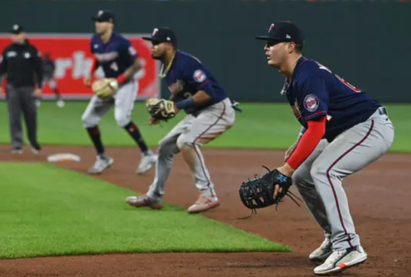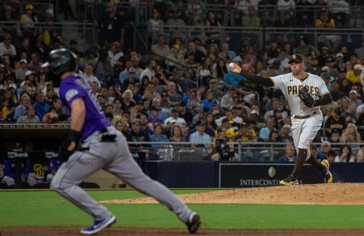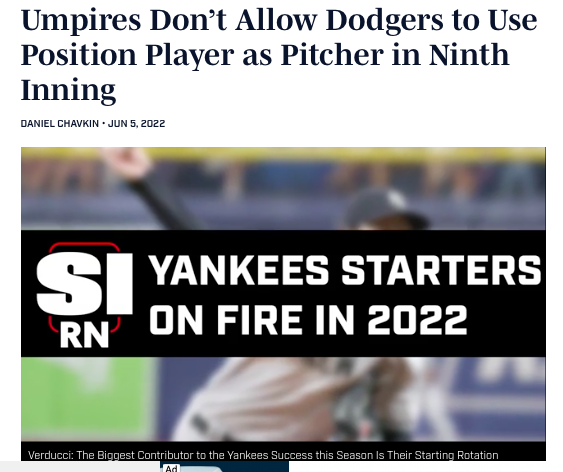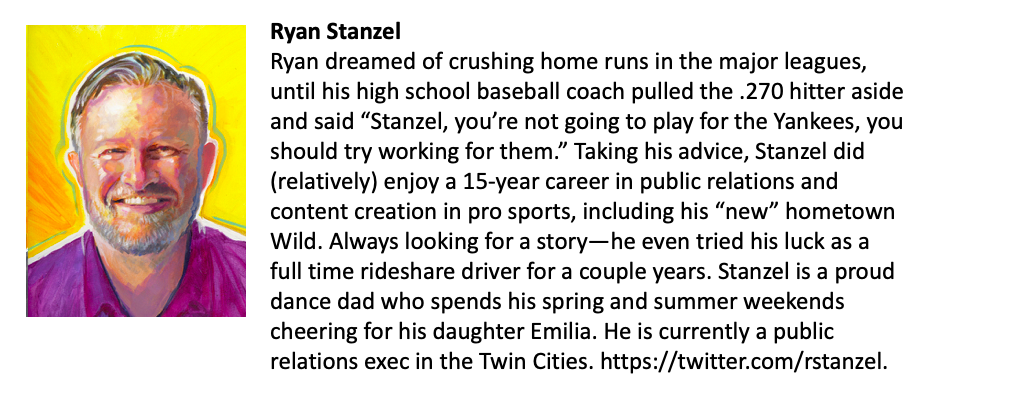MAKE GLOVE NOT W.A.R.— Breaking (Down) the Rules (Changes).
With a foot of snow bearing down on the Twin Cities this week, it’s a good time to remind you that the Twins play their first spring training game this Saturday.
But baseball 2023 is a lot different than 2022. Some monumental rule changes - some good, some bad - will challenge you watching on your TV, and quite frankly those on the diamond too. All meant, allegedly, to speed up the game and spark a little more offense.
I present Make Glove Not W.A.R.’s official ranking of the new MLB rules for 2023, from Best to Worst.
1. The Shift is Gone
You knew a dinosaur like me would love the shift going away.
The rule, specifically, states that all four infielders have to be on the infield dirt/grass when the pitch is thrown. ALSO, two players have to be on each side of the mound. Players can move wherever they want in the microsecond between the ball leaving the pitcher’s hand and the time it reaches the batter. A penalty occurs only if there’s an out - then the batting team can choose whether to accept the penalty - one ball added to the count - or accept the outcome of the play.
Offense has declined the last decade big time, and yes the pitchers have gotten better. But the shift has yielded ugly results especially for lefties. Now, the Twins aren’t exactly the best team out there at manufacturing runs, but MLB teams averaged just over five singles per game in 2022.
You have to wonder how much this will help someone like, say, new Twins outfielder Joey Gallo. One of the worst, if not the worst, position players offensively in the last three seasons, maybe the lefty can take advantage of the new found hole in shallow right field a little more.
What I don’t like about this rule is it’ll do away with some strategy for lefthanded pull hitters to occasionally slap the ball the other way. But, to my chagrin, not many of them took advantage of that anyways.
For what it’s worth, when this was tested in the low minors last year, lefthanded batters saw their average jump nine points.
2. Limited Pickoffs
Nothing grinds a game to a halt like a bunch of attempted pickoffs in a row. Worse yet, a bunch of step-off-the-rubber, non pickoffs in a row.
Those are no more, as pitchers will be allowed two “disengagements” per plate appearance. That will reset if runners move up a base during the same at bat. That’s not just for pickoffs, it’s also if the pitcher steps off the rubber for any reason, or if the defense requests time.
Should a third disengagement happen, it will go down as a balk and runners will advance.
I’m most concerned about the poor fans who won’t get a chance to boo after the sixth consecutive pickoff play in the fifth inning of a four-run game.
No one steals anymore - so why not take away this delay of game strategy from the defense. And maybe if pitchers can’t keep the runners SO close, it’ll lead to more SB’s and runs. That’s the hope, anyways. Maybe if Byron Buxton can stay healthy (a big if), he could near his career-high of 29 steals?
3. Bigger Bases
Rule three of five, and one I’m mostly “meh” on, but it’s for player safety, and as fans of two teams who had more than their share of injuries, I’m all for that.
Bases will go from 15 inches to 18. It’s meant to not only decrease injuries, but maybe help with stolen bases. Three inches on each end may not seem like much, but in a game of inches, it’s big.
4. Position Players Pitching
There were an astounding 132 occurrences of position players pitching in 2022, per Elias Sports Bureau. That’s up 412 percent since just 2017.
Starting this season, position players will be restricted to pitch only in situations where their team is leading by 10 or more runs in the 9th inning, their team is losing by eight or more runs at any time, or the game is in extra innings.
A fact I didn’t even know was that there was a prior rule as to when position players could pitch. His team had to be down at least six runs. In fact, the umpires didn’t allow the Dodgers to use a position player last year for this very reason.
Position Players on the Mound, Then and Now
I love an outfielder, an infielder, or Willians Astudillo on the mound. If a manager wants to save his bullpen, or flat out embarrass somebody, who’s MLB to stop them? There are bigger issues in MLB, like…
5. Pitch Clock
The game has to speed up, without a doubt. I’d have probably been for a pitch clock that wasn’t so drastic. And this will have a huge effect on pitchers, but also batters.
Pitchers will have 15 seconds to throw a pitch with the bases empty and 20 seconds with a runner on base. Hitters will need to be in the batter's box with eight seconds on the pitch clock.
Can you imagine Nomar Garciaparra trying to exist in a league in which he had eight seconds to get in the batter’s box? He spent eight seconds per glove.
Simple enforcement here - a ball if the pitcher is the offender, a strike if it’s the batter.
Couldn’t we do, say, 20 and 25? In the minors in 2022, the rule was 14 and 18 seconds, respectively. About 20 minutes per game was shaved off.
But are we trying to engage new fans for 2:15 instead of 2:45 at the risk of competitive balance? Relief pitchers are most worried, since they pitch in high leverage situations.
This rule does have one positive - umpires will now be able to talk to each other electronically instead of having a meeting of the minds on the field.
Ryan Stanzel is a PR pro and freelance content creator based in the East Metro. Follow him on Twitter or e-mail him here.












